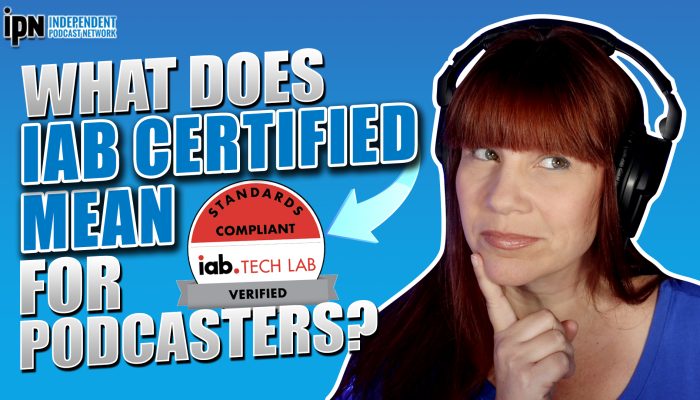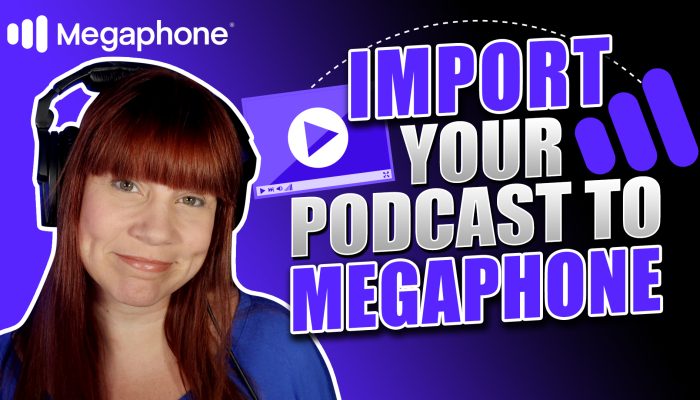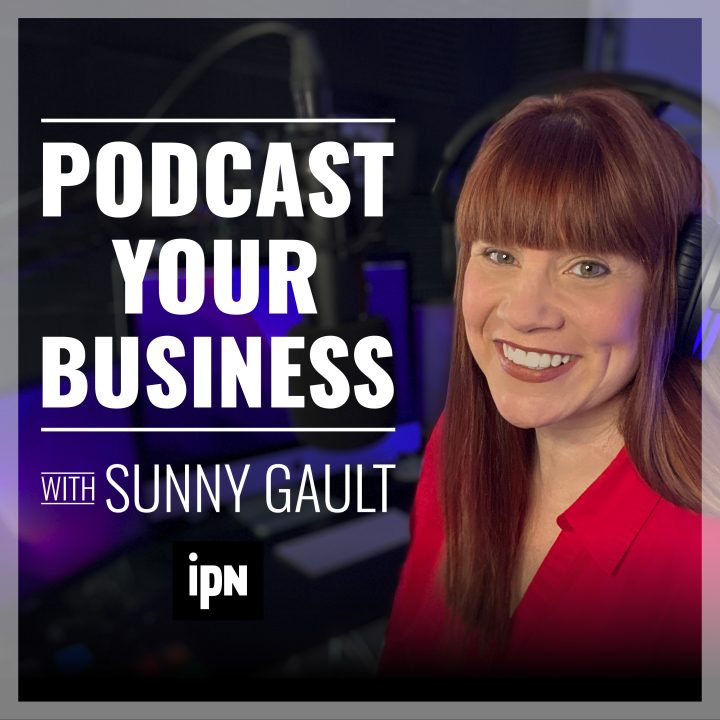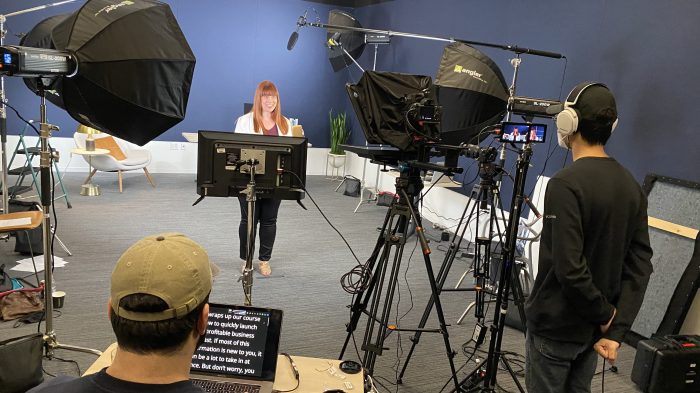
Launching a podcast requires more than just purchasing recording equipment and hitting publish on your first episode. To stand out in the crowded podcasting space, having a strong brand identity is crucial. But, creating a strong brand identity is not an easy task. So, here are five assets you need to develop a strong brand identity for your podcast.
- Define an Audience Avatar
First, identify your ideal listener by creating a detailed audience avatar. This will guide your brand identity and content creation decisions, ensuring you cater to your listeners’ needs.
What is an Audience Avatar?
An audience avatar is a detailed, fictional representation of your ideal listener. It includes demographic information like age, gender, location, job title, income level, education, interests, goals, and pain points.
Why Do You Need an Audience Avatar?
Creating an audience avatar will help guide your brand identity and content creation decisions. It allows you to know exactly who you are speaking to and what they want to get out of your podcast.
When creating your audience avatar, you can ask yourself a few key questions about your target audience. Are they looking to be entertained, educated, inspired, or motivated in some way? What problems can your podcast help solve?
Clearly articulating your audience avatar allows you to cater brand assets directly to them.
- Create a Clear Mission and Vision
After defining your audience, establish your podcast’s mission and vision. A clear mission and vision will keep your podcast focused and on track as you build out assets and create content.
What is a Mission and Vision Statement?
A mission statement should convey your podcast’s purpose in a concise sentence or two, whereas your vision statement expands upon that purpose and describes your aspirations for engaging and growing your audience. These two statements help align your branding and content with your core goals and objectives with podcasting.
How to Write a Mission and Vision Statement
Start by asking yourself some fundamental questions. What inspired you to start this podcast? What do you want to achieve with it? Identify the core message you want to convey to your listeners. This is the essence of your podcast’s mission.
Your mission statement should be brief and easy to understand. Aim for a sentence or two that succinctly communicates the primary purpose of your podcast. Avoid jargon or complex language – clarity is key here.
For your vision statement, envision the future of your podcast – what does success look like? Where do you want your podcast to be in the long run? Your vision statement should be aspirational and inspiring, painting a vivid picture of the impact you hope to create with defined goals.
- Establish Brand Voice and Style Guidelines
The way you communicate with listeners also contributes to your brand identity. Take time to define your podcast’s voice, which includes your tone, style, and messaging approach.
What is Your Voice?
When defining your voice, you need to consider a few key factors. Do you want your voice to sound casual and conversational, formal and educational, or humorous and satirical? You can also decide if you generally want concise information or deep dives on topics. Finally, define your approach to messaging. Do you focus on storytelling, advice-giving, commentary, or interviews?
Create a Style Guide
Create a style guide that outlines grammar rules, formatting, word choice, and tone recommendations. This will help any hosts, writers, or guests maintain consistency as they contribute content. Follow the guide to ensure your brand voice resonates across episodes.
- Design Visual Assets
Visual assets like logos, color palettes, and graphics allow listeners to quickly identify your brand. They also aid discovery when embedded in podcast cover art or social media profiles. Your visuals should be cohesive, connecting colors, fonts, and other elements across platforms.
Start by brainstorming names and designing a logo that represents your brand and resonates with your audience avatar. Choose two or three colors to make up your core palette. Look at imagery and graphic styles that fit your mission and tone. Visually conveying who you are and what you offer is key to developing recognizable branding.
Best of all, you can now use tools to design your visual assets. Free applications like Canva make it easy to create your graphics and maintain consistent branding across all assets. You can define color palettes for your podcast that automatically apply to all assets making it easy to update and create new graphics for each episode.
- Build an Online Presence
After creating the branded assets for your podcast, you can start building your online presence.

Social Media
Claim relevant social media handles on platforms like Facebook, Twitter, Instagram, and Threads. After claiming the handles, design profile layouts that represent your podcast brand visually. Then, start sharing content that speaks to your listeners and engage with your audience consistently. Social media also serves as a great place to start growing a community around your podcast.
Website
Having a dedicated website is crucial for establishing credibility, driving traffic, and giving listeners a hub for all podcast information. Websites can also help listeners discover your podcast if you optimize it for search engines.
So, develop a branded website that explains your podcast’s purpose, introduces hosts, allows episode access, and accepts listener signup. This acts as the primary location completely under your control for listeners to engage with your content and keep up-to-date on the latest in your podcast.
Maintain Consistency Across All Channels of Audience Engagement
No matter where you engage listeners online, apply your visual identity and voice uniformly. Use the same profile imagery, logo, color scheme, tone, and messaging. Consistency across channels continuously strengthens the recognition of your brand. From emails and social media posts to your actual social media profiles and website, keeping a consistent brand allows listeners to recognize your assets anywhere.
Conclusion
Creating a compelling brand identity is crucial for your listeners to feel connected and attached to you and your podcast. Putting in the time to fully define your brand can ensure every aspect of your podcast sparks a connection with your target audience. This makes your podcast stand out from the crowd with a cohesive look, feel, and tone tailored to your listeners. So, get started creating your brand assets to elevate your podcast to new heights!









